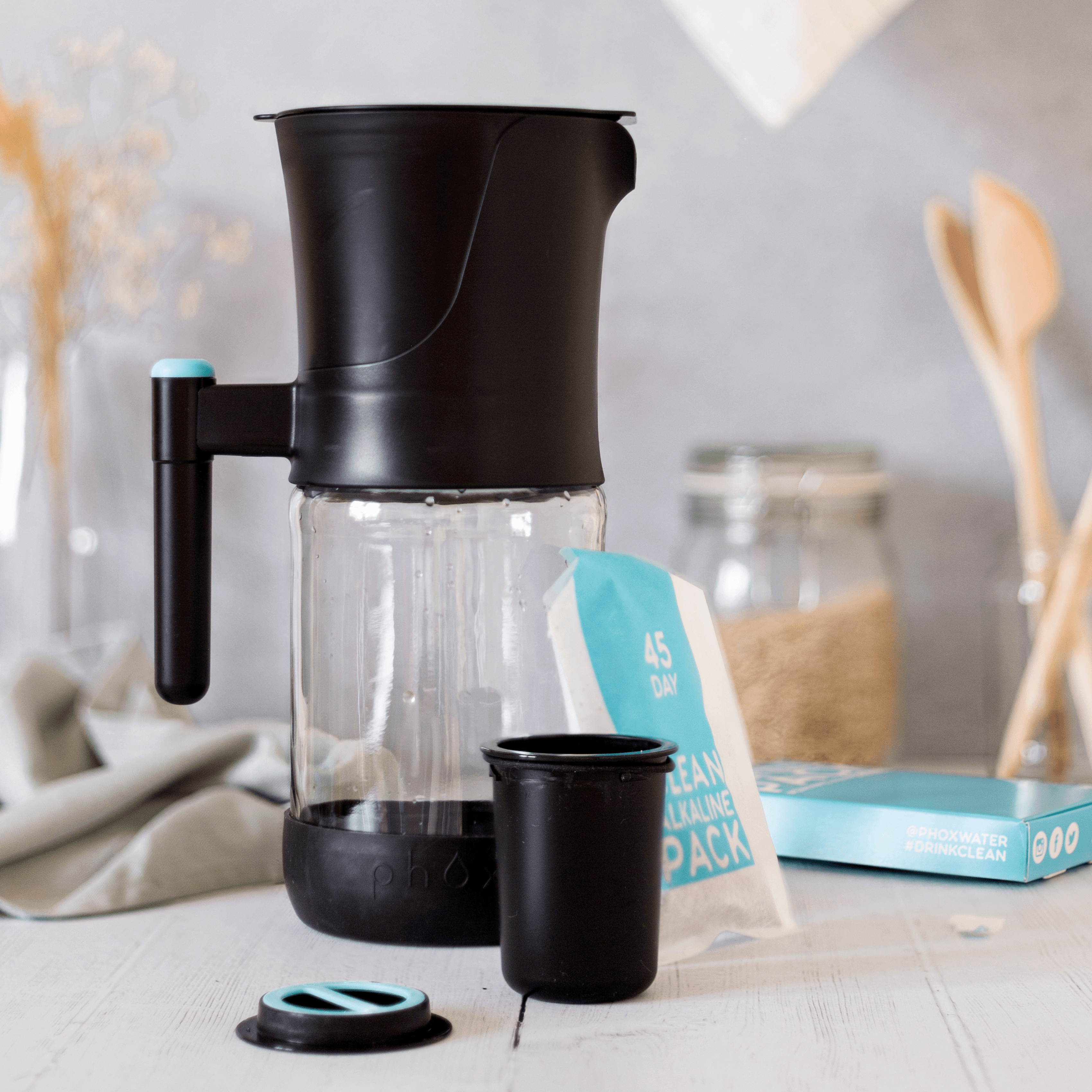Reimagining Showers: Water-Saving Tips for a Refreshing and Eco-Friendly Cleanse
Taking a shower is not only an often daily practice but also a rejuvenating experience. However, traditional shower habits can lead to excessive water consumption, putting a strain on our planet's precious resources. By reimagining our showers and implementing water-saving tips, we can transform our cleansing routine into an eco-friendly and refreshing experience. In this article, we will explore practical ways to conserve water while still enjoying a revitalising shower, making a positive impact on the environment.

Install Water-Efficient Showerheads:
Start your journey towards water-saving showers by installing water-efficient showerheads. These devices are designed to reduce water flow without compromising the shower experience. Look for showerheads with a low flow rate, preferably labelled as WaterSense certified. By replacing your old showerhead with a water-efficient option, you can save gallons of water per minute without sacrificing comfort.
Time Your Showers:
Keeping track of time is essential when aiming for water-saving showers. Set a timer or use a waterproof shower clock to help you stay mindful of your water usage. Limit your shower time to a reasonable duration, aiming for shorter showers without sacrificing cleanliness. By reducing the time spent in the shower, you can significantly decrease water consumption.
Embrace the Power of Navy Showers:
Navy showers, also known as military showers, are a technique used to conserve water. The concept involves turning off the water while lathering or shampooing and turning it back on only to rinse. By adopting this practice, you can save a substantial amount of water without compromising hygiene. It may take some adjustment, but the benefits for the environment are worth it.

Capture and Reuse Water:
Consider capturing and reusing water during your showering routine. Place a bucket or basin in the shower to collect excess water while waiting for it to warm up. This captured water can be repurposed for tasks such as watering plants, flushing toilets, or cleaning. By reusing shower water, you minimise wastage and maximise efficiency.
Opt for Water-Saving Shower Techniques:
Explore alternative shower techniques that help conserve water. For example, consider using a low-flow aerator attachment or a shower wand with a flow control valve. These accessories allow you to regulate water flow while maintaining a satisfying shower experience. Additionally, try turning off the water while lathering your body, shampooing your hair, or applying conditioner, and only turning it on to rinse.
Address Leaks and Drips:
Leaks and drips in your shower can result in significant water wastage over time. Regularly check for any leaks or drips and promptly address them to conserve water. Simple fixes, such as replacing worn-out washers or tightening connections, can make a noticeable difference in water conservation.
Raise Awareness and Educate Others:
Share your knowledge and experiences about water-saving shower techniques with friends, family, and colleagues. By raising awareness and educating others about the importance of water conservation, you can inspire collective action towards more sustainable showering practices. Encourage the adoption of water-saving habits and promote the benefits of eco-friendly cleansing.

Reimagining showers as opportunities for water conservation allows us to reduce our ecological footprint while still enjoying a refreshing and invigorating cleansing experience. By installing water-efficient showerheads, timing our showers, embracing navy shower techniques, capturing and reusing water, and addressing leaks, we can make a significant impact on preserving our planet's precious water resources. Let's embrace the power of water-saving showers and lead the way towards a more sustainable future—one drop at a time.


